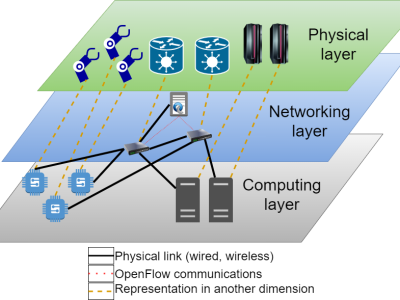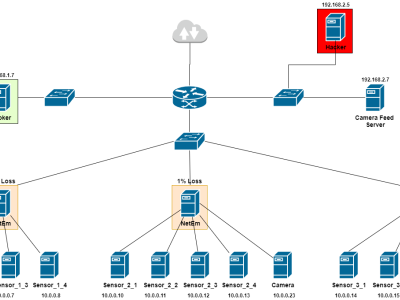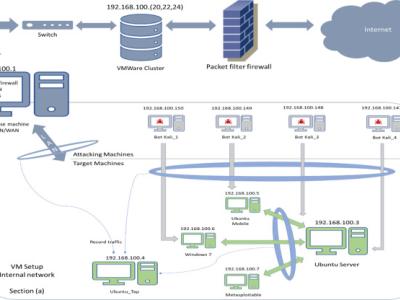Supplemental material for "Multi-Layered Continuous Reasoning for Cloud-IoT Application Management"

- Citation Author(s):
- Submitted by:
- Javier Berrocal
- Last updated:
- DOI:
- 10.21227/etqz-hy32
- Data Format:
- Research Article Link:
 202 views
202 views
- Categories:
- Keywords:
Abstract
The advent of the Internet of Things has increased the interest in automating mission-critical processes from domains such as smart cities. These applications' stringent Quality of Service (QoS) requirements motivate their deployment through the Cloud-IoT Continuum, which requires solving the NP-hard problem of placing the application's services onto the infrastructure's devices. Moreover, as the infrastructure and application change over time, the placement needs to continuously adapt to these changes to maintain an acceptable QoS. While continuous reasoning techniques have enabled the creation of tools for these scenarios, they can have some trouble finding a feasible adaptation for abrupt and sharp changes, requiring non-adaptive techniques in those cases. Furthermore, for scenarios with smoother changes, it would be desirable to have faster algorithms to perform this placement. To explore the trade-off of effectiveness and execution times of different methods while ensuring that an application placement is found, we propose Multi-Layered Continuous Reasoning (MLCR) as a framework to adapt application placements through multiple continuous reasoning-based methods. We also present an MLCR prototype based on three methods: Faustum, MigDADO, and ConDADO. An evaluation in a realistic use case shows that MLCR is faster than traditional methods for application placement and maintains an acceptable QoS.
Instructions:
The documents can be dowloaded and evaluated
Dataset Files
- Microservice changes - Latency (Figure 11).csv (Size: 4.08 KB)
- Microservice changes - Migration costs (Figures 8, 9, 10).csv (Size: 8.86 KB)
- Microservice changes - Optimization times (Figures 5, 6, 7).csv (Size: 13.1 KB)
- Traffic changes - Migration costs (Figure 13).csv (Size: 1.97 KB)
- Traffic changes - Optimization times (Figure 12).csv (Size: 3.35 KB)









